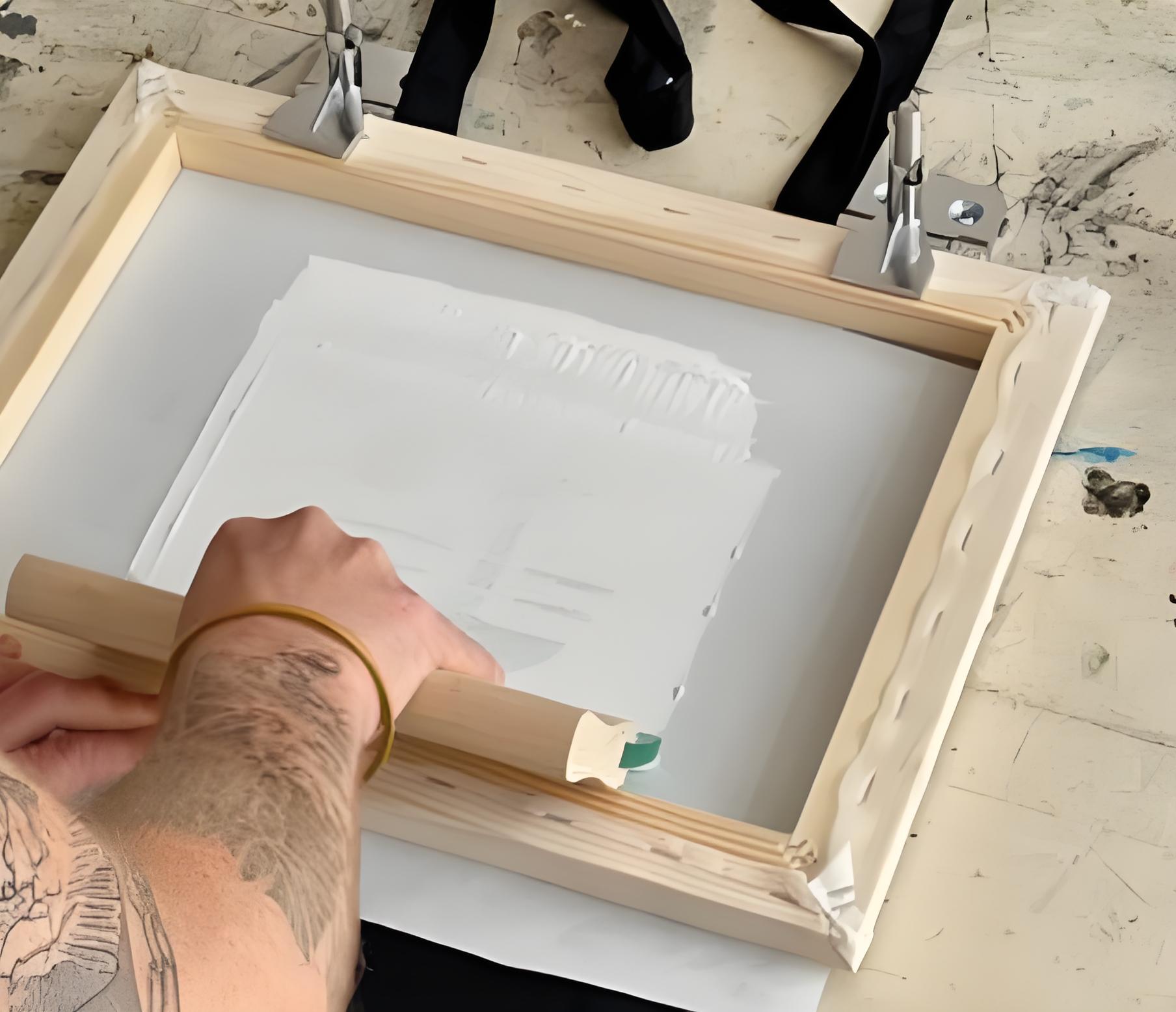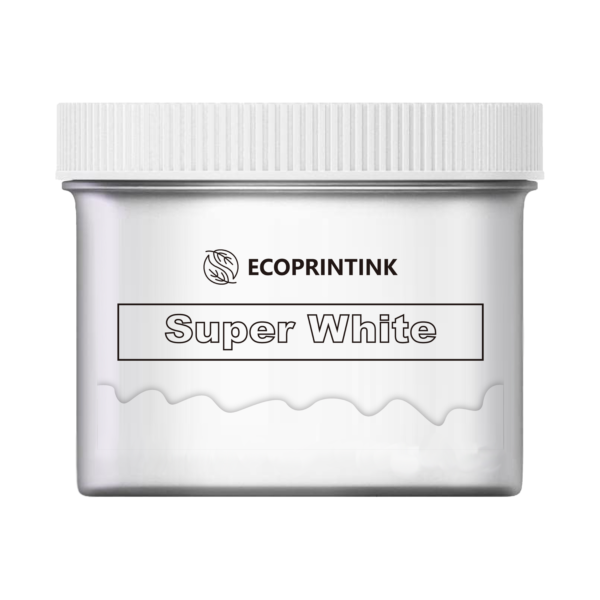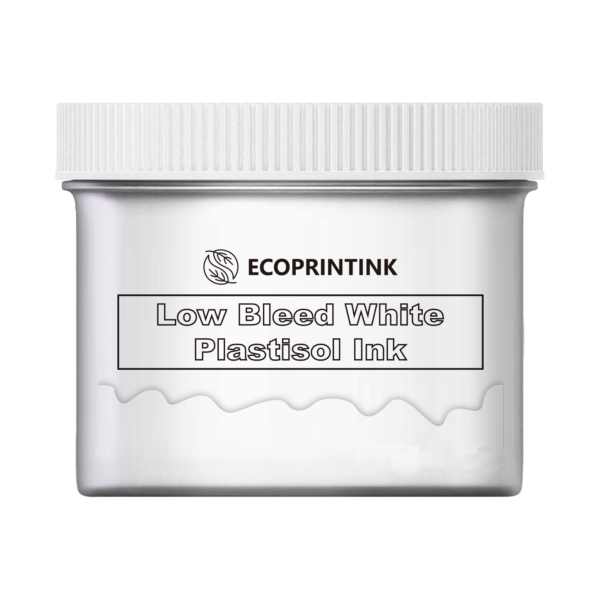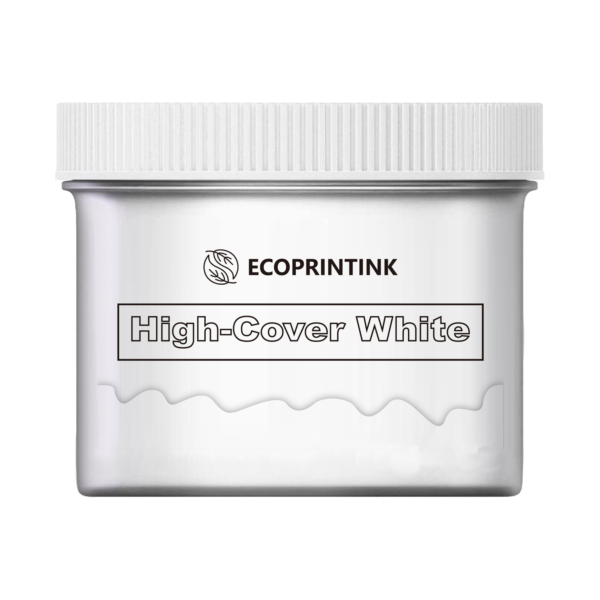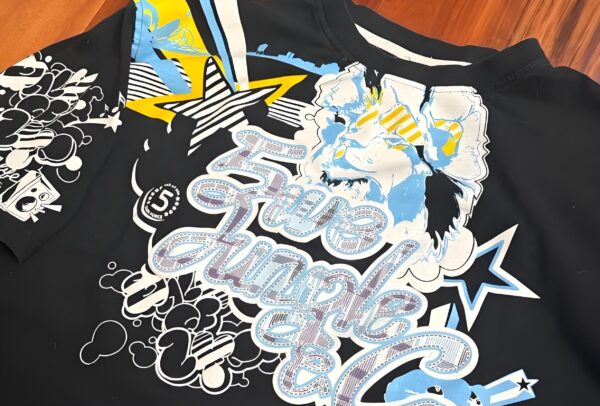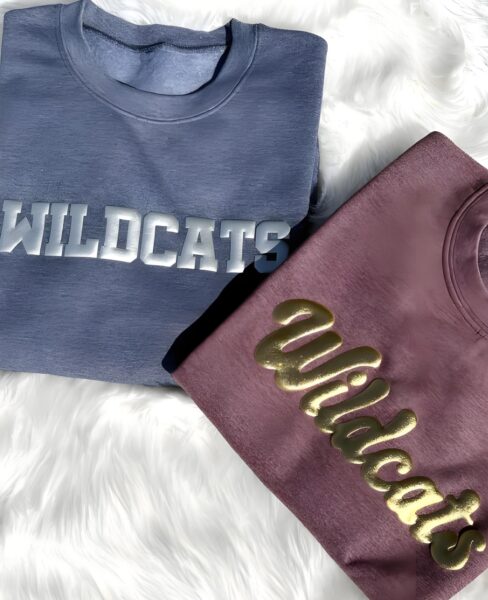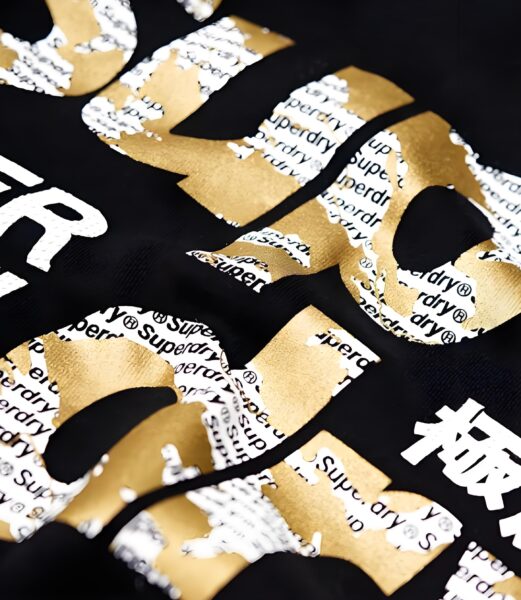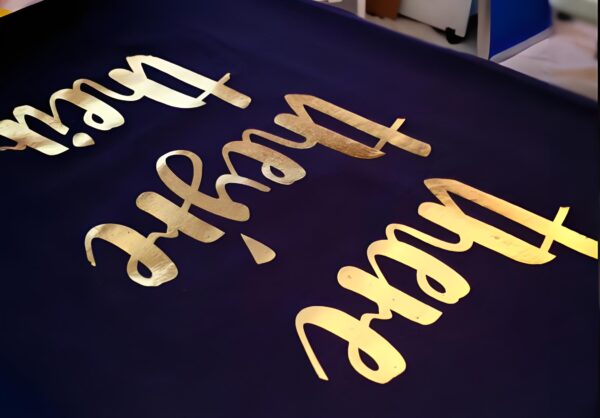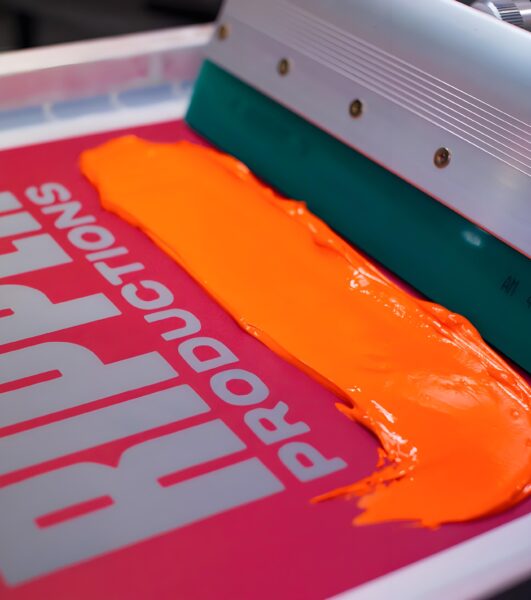If you’ve ever marveled at a bold, opaque white print on a black hoodie or that creamy, smooth white graphic on a cotton shirt, you’ve already seen the power of white plastisol ink in action. This article is your must-read roadmap to mastering the world of white ink for screen print pros and beginners alike. Whether you’re a screen printer chasing the best white or a curious creator puzzled by issues like bleed, curing, or finding a premium ink for your next printing project, this guide will help you unlock the secrets of using white plastisol ink like a pro. Understanding the properties, use cases, and chemistry behind your favorite screen printing ink will not only boost your print quality—it could save you wasted gallons, endless test prints, and plenty of headaches.
Table of Contents
1. What Is White Plastisol Ink and Why Is It a Screen Printing Staple?
Let’s start with the basics. Plastisol ink is widely favored in the screen printing world for its versatility, durability, and reliability on many types of fabric. The white plastisol ink variety is especially sought-after for its bright, bold appearance on dark garments. The creamy, opaque nature of this ink allows it to print vivid graphics that “pop,” making it essential for artists and commercial printers alike.
At its core, plastisol is a suspension of PVC resin particles in a plasticizer. The result is a thick, creamy, non-phthalate ink that sits on top of the fibers rather than soaking in, which creates its signature smooth surface and bold color. When properly cured, it produces a durable, flexible print that can withstand hundreds of washes without cracking or fading. That’s why it’s the ink of choice for so many professional screen printers.
Plastisol’s unique chemistry makes it both forgiving and easy to work with. You don’t have to worry about the ink drying in the screen during long print runs, making it a go-to for both automated and manual setups.
2. How Does White Plastisol Ink Work in Screen Printing?
When you load up that squeegee with creamy white ink and pull it across a tight mesh, magic happens—but only if you know what you’re doing. White plastisol ink sits on top of the substrate, creating a layer that blocks the garment color beneath for maximum opacity.
Because white plastisol ink isn’t water-based, it doesn’t soak into the fibers the way some inks do. Instead, it encapsulates the threads, delivering high opacity even on blends or polyester fabrics where other inks might look faint. There’s a reason why “white screen” is nearly synonymous with plastisol screen printing. Its flexibility also means it can handle a range of printing projects, from bold graphic tees to detailed athletic jerseys.
Remember: unlike other inks, plastisol doesn’t air dry. It stays “wet” until cured with heat, allowing for corrections and long runs without hunger-inducing dry-up drama.
3. Choosing the Best White Plastisol Ink for Your Project
Not all white inks perform the equal. What counts because the nice white? That relies upon on your needs—cotton, polyester, or a tricky blend would possibly every call for a distinctive formula.
For cotton shirts, a traditional excessive-opacity white may do the trick. For polyester or mixed fabrics, you’ll want a low bleed ink to combat dye migration—a technical term for when garment dyes creep into your ink, causing the ones dreaded purple or yellow ghosts to your ideal whites. Some brands provide “poly white” or “low bleed ink” with unique chemistry to enhance bleed resistance.
Also reflect onconsideration on viscosity: do you need a creamy ink for high-quality-element paintings, or some thing thicker for big, bold prints? Picking the proper gallon from your distributor makes the whole print method less difficult and more enjoyable.
4. What Makes an Ink ‘Opaque’ and Why Does It Matter?
Opacity is the spine of a excellent white display screen print. An opaque plastisol ink blocks the shirt colour below, making sure a truly bold white print—even on black or military garments.
Opacity is laid low with the chemistry of the ink: excessive opacity formulas use large or extra reflective pigment debris suspended inside the plastisol base. These do not simply supply eye-popping color—additionally they help you lay down fewer layers, reducing print time and fee. Choosing a excessive opacity screen printing ink—or using a dedicated mixing system for optimum results—is crucial for consistent, premium output.
5. Mastering Cure Temperature: Getting Plastisol to Cure Properly
Even the pleasant ink loses its magic in case you don’t treatment it proper. The treatment temperature for maximum plastisol inks is round 320°F (a hundred and sixty°C), however usually take a look at your manufacturer’s specifications. White plastisol ink should attain this temperature all through the entire ink layer to completely fuse PVC particles and plasticizer.
If you underneath-remedy, the result is a comfortable, effortlessly cracked print that fails after a pair washes. Over-therapy, and also you chance scorch marks or destructive sensitive cloth like blends or polyester. Using a warmth gun or temperature strip helps make certain your press or dryer hits the mark every time.
Some specialty inks are low cure, making them best for warmth-touchy materials. These treatment at decreased temperatures, keeping your garment and saving energy.
6.Low Bleed, Dye Migration, and Printing on Polyester: What Should You Know?

Printing white plastisol ink on polyester or blends presents unique demanding situations. Dye migration (while the clothing dye moves from cloth to ink layer) reasons ghosting and unwanted sun shades. That’s where low bleed and poly white inks are available—they’re formulated to block or resist dye motion.
To decrease bleed, use a dedicated low bleed ink, adjust your flash times, and avoid over-flashing, which could damage the fabric and make dye migration worse. Some printers use an underbase of gray or mild shades to further forestall dyes from creeping in. Every printer reveals their own rhythm, however a properly-formulated white ink makes all the difference.
7.Mixing Systems and Ink Mixing: Tips for Custom Color and Consistency
Want a custom glacier white or simply need to excellent-music opacity? A trustworthy ink mixing system lets in you to combo base whites, tint with coloration, or adjust go with the flow.
Successful ink blending comes all the way down to weighing and trying out. To preserve shades constant from gallon to gallon and print to print, use a virtual scale and make notes of every components. Whether you’re mixing Wilflex or International Coatings, observe the manufacturer’s ratios for excellent outcomes.
Mixing your personal ink permit you to shop money, get a more bendy workflow, and wow your customers with particular offerings.
8. Flash, Dwell Time, and Underbase: Printing Techniques for the Perfect White Screen Print
You can’t rush a masterpiece. Key techniques like flash curing—a quick hit of heat to set ink before printing the next layer—help build bold, smooth white prints.
Dwell time, or the amount of time the ink spends under the flash or inside the dryer, is crucial for proper cure and for stacking up bright graphics without cracks or bleed. An underbase of white or light color provides a “canvas” on dark shirts, letting top colors really pop.
Smooth passes with the squeegee, proper mesh tension, and a clean screen complete the recipe for a flawless white print.
9. Do Premium Brands Like Wilflex and International Coatings Make a Difference?
When it involves gallons of white plastisol ink, not all manufacturers are created same. Reputable organizations like Wilflex and International Coatings put money into studies and use super pigments to ensure consistent opacity, bleed resistance, and creamy utility.
High-stop inks often boast a excessive opacity, a premium tender hand, and can come optimized for car or manual presses. They additionally ensure the ink is bendy sufficient for tough jobs and soft enough for boutique shirt runs. Investing in premium manufacturers manner fewer misprints, less downtime, and happier clients—win-win.
10. Troubleshooting Common Issues: Bleed, Opacity, and Smooth Surface Pitfalls
Even experienced display screen printers encounter problems. Bleed? Double-check your ink desire and display mesh. Opacity now not what you was hoping? Consider flashing an underbase or upping your mesh be counted. Ink too thick? It may be time to exchange up your mixing technique or try a top class gallon for stepped forward go with the flow.
For a easy surface, smooth screens or even passes be counted. Sometimes all it takes is tweaking your dwell time or switching flash gadgets to resolve large problems. Don’t be afraid to test—each press is a school room.
Key Takeaways: Make Your Ink Work for You
- White plastisol ink delivers bold, opaque prints and is essential for quality screen printing.
- Cure to the right temperature (usually 320°F/160°C) for durability and wash-fastness.
- Use low bleed or poly white inks to combat dye migration on polyester and blends.
- Invest in a trustworthy brand, like Wilflex or International Coatings, for consistent quality and premium results.
- An attention to ink mixing, opacity, and underbase technique will boost your print quality and creativity.
- Know your print process, be ready to troubleshoot, and remember—practice makes perfect.
Ready to master the art of white plastisol? Grab your next gallon, fire up the press, and print boldly!


